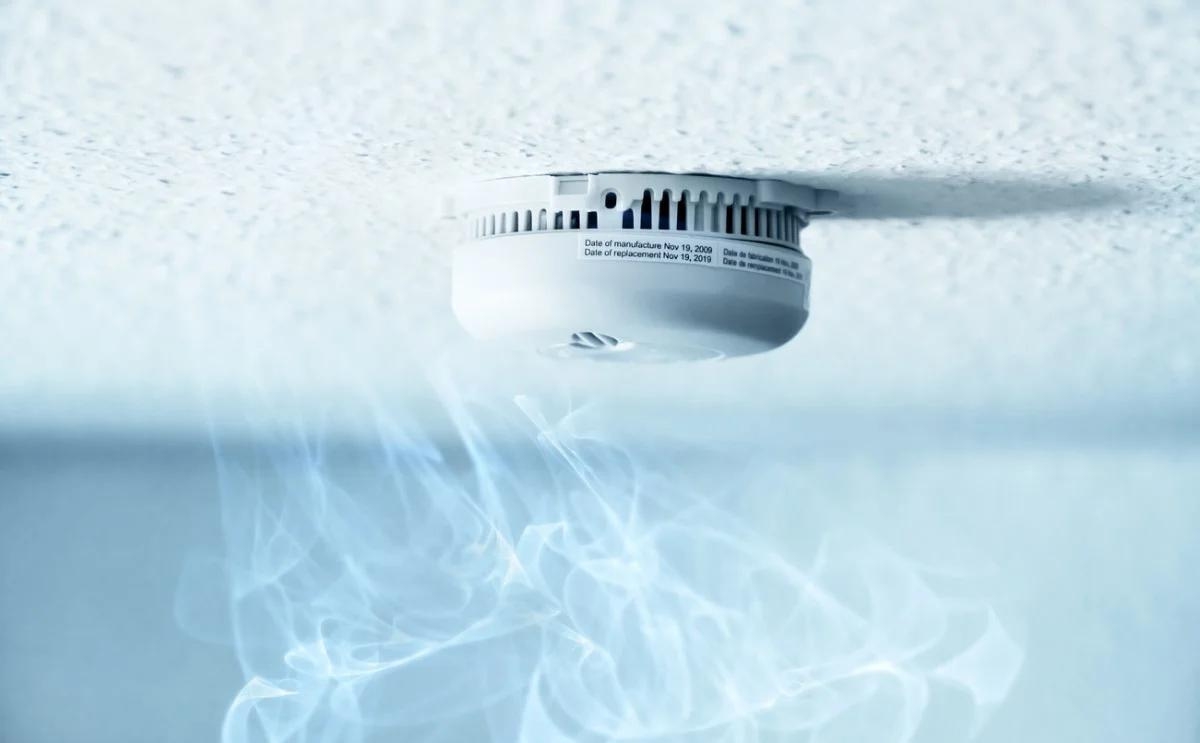

Articles
How Many Smoke Detectors Do I Need?
Modified: February 24, 2024
A comprehensive guide on smoke detectors: learn how many smoke detectors you need in your home. Read our informative articles for expert tips and advice.
(Many of the links in this article redirect to a specific reviewed product. Your purchase of these products through affiliate links helps to generate commission for Storables.com, at no extra cost. Learn more)
Introduction
Smoke detectors are an essential component of every home’s safety system. They are designed to detect the presence of smoke and emit a loud alarm, providing early warning in the event of a fire. Having the right number of smoke detectors in your home is crucial for maximizing safety and peace of mind.
So, how many smoke detectors do you need? Several factors come into play when determining the ideal number of smoke detectors for your home. In this article, we will explore these factors and provide guidelines to help you make an informed decision.
While it is important to meet the minimum requirements set by local building codes, it is equally essential to consider additional factors such as the layout of your home, the presence of potential fire hazards, and the unique needs of your household.
By striking the right balance between following regulations and taking into account specific circumstances, you can ensure superior fire protection for yourself and your loved ones.
Let’s delve deeper into the factors you should consider when determining the number of smoke detectors needed in your home.
Key Takeaways:
- Ensure comprehensive fire safety by strategically placing smoke detectors in every level, near sleeping areas, and potential fire hazards. Regular testing, maintenance, and interconnected or smart detectors enhance protection.
- Prioritize fire safety by considering home size, layout, and household needs when determining the number of smoke detectors. Invest in interconnected or smart detectors for enhanced protection and peace of mind.
Factors to Consider
When determining the number of smoke detectors needed in your home, it is crucial to consider several factors that can affect their effectiveness. These factors include:
- The size and layout of your home: Homes with multiple levels, large square footage, or complex layouts may require more smoke detectors to ensure comprehensive coverage. It is essential to place detectors in areas where smoke can easily reach them, including hallways, bedrooms, and common areas.
- The number of rooms and sleeping areas: Each room, especially bedrooms, should have a smoke detector for early warning in case of a fire. Consider installing interconnected smoke detectors, so when one detects smoke, they all sound the alarm simultaneously.
- Potential fire hazards: If your home has specific fire hazards, such as fireplaces, kitchens, or laundry rooms, it is advisable to install smoke detectors in close proximity to these areas. This provides early detection and alerts individuals to potential fire dangers before they spread.
- Household composition: Consider the number of people living in your home, including children and older adults who may require additional time to evacuate in an emergency. Having smoke detectors in each room ensures that everyone has ample warning in the event of a fire.
- Special considerations: If anyone in your household has hearing impairments, consider installing smoke detectors with visual and tactile alert features, such as flashing lights or vibrating options, to ensure they receive timely warnings.
By taking these factors into account, you can accurately determine the number of smoke detectors needed to provide optimal coverage and protection.
Minimum Requirements
Meeting the minimum requirements set by local building codes is an important step in ensuring the safety of your home. These requirements provide a baseline for the number and placement of smoke detectors. While specific regulations may vary depending on your location, here are some general guidelines:
- At a minimum, one smoke detector should be installed on every level of your home, including the basement and attic. This ensures that smoke can be detected regardless of where a fire may start.
- Smoke detectors should be installed near sleeping areas, such as outside bedrooms or in the hallway leading to the bedrooms. This ensures that occupants will be alerted promptly if a fire occurs while they are asleep.
- If your home has multiple sleeping areas, such as in the case of larger homes, each sleeping area should have its own smoke detector. This provides a higher level of protection, especially when occupants are dispersed throughout the house.
- In homes with open-concept layouts or interconnected living spaces, it is recommended to have additional smoke detectors to ensure comprehensive coverage. This helps to minimize the risk of undetected fires spreading rapidly.
It is important to note that meeting the minimum requirements should be seen as a starting point rather than a comprehensive fire safety strategy. Additional factors, such as those mentioned in the previous section, should also be taken into consideration for optimal protection.
Complying with local building codes not only ensures your safety but also helps maintain the value and integrity of your home. Always check with your local fire department or building authority to ensure you are meeting the specific requirements in your area.
Where to Place Smoke Detectors
Proper placement of smoke detectors is crucial for maximizing their effectiveness in detecting and alerting occupants of a fire. Here are some guidelines on where to place smoke detectors:
- Install smoke detectors on the ceiling or high on the wall, as smoke tends to rise during a fire. Ideally, they should be positioned at least 4 inches away from corners and sidewalls, as these areas may experience air stagnation and hinder smoke detection.
- In bedrooms, place smoke detectors either on the ceiling above the bed or on the wall at a level slightly higher than the top of the mattress. This ensures prompt detection in case of a fire while occupants are asleep.
- In multi-story homes, install smoke detectors near the top of stairways, as smoke has a tendency to rise and accumulate near these areas during a fire.
- In homes with open-concept layouts, place smoke detectors strategically to cover the entire space. Consider installing interconnected smoke detectors so that when one detects smoke, they all sound the alarm simultaneously.
- In kitchens, opt for a heat detector rather than a traditional smoke detector. Smoke detectors in kitchens are prone to false alarms due to cooking activities. Heat detectors are specifically designed to detect rapid increases in temperature and are more suitable for kitchens.
- Consider placing smoke detectors in areas with potential fire hazards, such as near fireplaces, heating systems, or electrical panels. These areas are more likely to become the ignition source of a fire and require early detection.
- Ensure that smoke detectors are easily accessible for regular maintenance, such as battery replacement or testing. Placing them in central areas of the home, such as hallways, can facilitate convenience in maintaining and monitoring their functionality.
Remember to follow the manufacturer”s guidelines for installation and maintenance to ensure proper functioning of your smoke detectors.
By strategically placing smoke detectors throughout your home, you can enhance your fire safety measures and provide early warning in the event of a fire.
The general recommendation is to have at least one smoke detector on each level of your home, including the basement and inside each bedroom. It’s also a good idea to have interconnected detectors so that if one goes off, they all do.
Additional Guidelines
In addition to meeting the minimum requirements and placing smoke detectors in strategic locations, there are some additional guidelines to consider for optimal fire safety in your home:
- Regularly test and maintain your smoke detectors: Test your smoke detectors monthly to ensure they are working properly. Replace batteries at least once a year, or as recommended by the manufacturer. Clean the detectors regularly to remove dust and debris that may affect their functionality.
- Consider interconnected smoke detectors: Interconnected smoke detectors are wired together so that when one detects smoke, they all sound the alarm simultaneously. This ensures that occupants are alerted from any part of the house, providing precious time to evacuate or take appropriate action.
- Invest in smoke detectors with advanced features: Many smoke detectors now come with additional features like carbon monoxide detection, voice prompts, and wireless connectivity to alert you on your smartphone. These features can enhance your overall safety and provide added convenience.
- Create a fire escape plan: Develop a comprehensive fire escape plan for your household. Practice regular fire drills to ensure that everyone knows how to respond in case of a fire. Assign roles and determine the fastest and safest escape routes from each part of the house.
- Consider professional installation: If you are unsure about the proper placement and installation of smoke detectors, consider hiring a professional electrician. They can ensure that detectors are properly wired, interconnected, and in compliance with local regulations.
- Replace old smoke detectors: If your smoke detectors are over 10 years old, it is recommended to replace them. Older models may not have the same level of sensitivity and detection capabilities as newer ones.
Remember that smoke detectors are just one part of an overall fire safety plan. It is important to also have functioning fire extinguishers, a well-maintained electrical system, and awareness of potential fire hazards in your home.
By following these additional guidelines, you can enhance the effectiveness of your smoke detectors and improve the overall fire safety of your home.
Types of Smoke Detectors
When it comes to smoke detectors, there are several types available on the market. Each type works slightly differently, but they all have the same goal of detecting smoke and alerting occupants of a potential fire. Here are the main types of smoke detectors:
- Ionization smoke detectors: Ionization smoke detectors contain a small amount of radioactive material that ionizes the air inside the detector. When smoke enters the chamber, it disrupts the ionization process, triggering the alarm. These detectors are particularly sensitive to fast-burning, flaming fires.
- Photoelectric smoke detectors: Photoelectric smoke detectors use a beam of light and a sensor to detect smoke. When smoke particles enter the detector, they scatter the light, triggering the alarm. These detectors are most effective at detecting slow-burning, smoldering fires.
- Combination smoke detectors: Combination smoke detectors combine both ionization and photoelectric technologies. These detectors provide dual protection and are effective at detecting a wide range of fires.
- Heat detectors: Heat detectors are designed to detect rapid increases in temperature, rather than smoke. They are commonly used in kitchens and other areas prone to false alarms from cooking activities. Heat detectors provide an additional layer of fire protection, especially in areas where smoke detectors may not be suitable.
- Smart smoke detectors: Smart smoke detectors offer advanced features and connectivity, allowing you to receive notifications on your smartphone in case of an alarm. They may also integrate with other smart home devices, providing a more integrated and convenient fire safety solution.
It is essential to consider the specific needs of your home and family when choosing the right type of smoke detector. Opting for a combination of different types or smart smoke detectors can provide a higher level of protection and peace of mind.
Remember to check with local building codes and regulations to ensure that the smoke detectors you choose meet the required standards in your area.
Conclusion
Ensuring you have the right number of smoke detectors in your home is vital for your overall fire safety. While meeting the minimum requirements set by local building codes is important, it is equally crucial to consider additional factors such as the size and layout of your home, potential fire hazards, and the specific needs of your household.
By strategically placing smoke detectors throughout your home, you can maximize their effectiveness in detecting and alerting occupants of a potential fire. Remember to install smoke detectors on every level of your home, near sleeping areas, and in areas with potential fire hazards. This will provide comprehensive coverage and early warning to ensure everyone’s safety.
Regularly test and maintain your smoke detectors, replace old detectors when necessary, and consider investing in interconnected or smart smoke detectors for enhanced protection. Developing a fire escape plan and practicing fire drills with your family is also crucial to ensure everyone knows how to respond in the event of a fire.
Remember, smoke detectors are just one part of an overall fire safety plan. It is important to have a well-maintained electrical system, functioning fire extinguishers, and awareness of potential fire hazards in your home.
Prioritizing fire safety and taking these measures will provide you with peace of mind, knowing that you have done everything possible to protect yourself and your loved ones from the devastating effects of a fire.
Frequently Asked Questions about How Many Smoke Detectors Do I Need?
Was this page helpful?
At Storables.com, we guarantee accurate and reliable information. Our content, validated by Expert Board Contributors, is crafted following stringent Editorial Policies. We're committed to providing you with well-researched, expert-backed insights for all your informational needs.
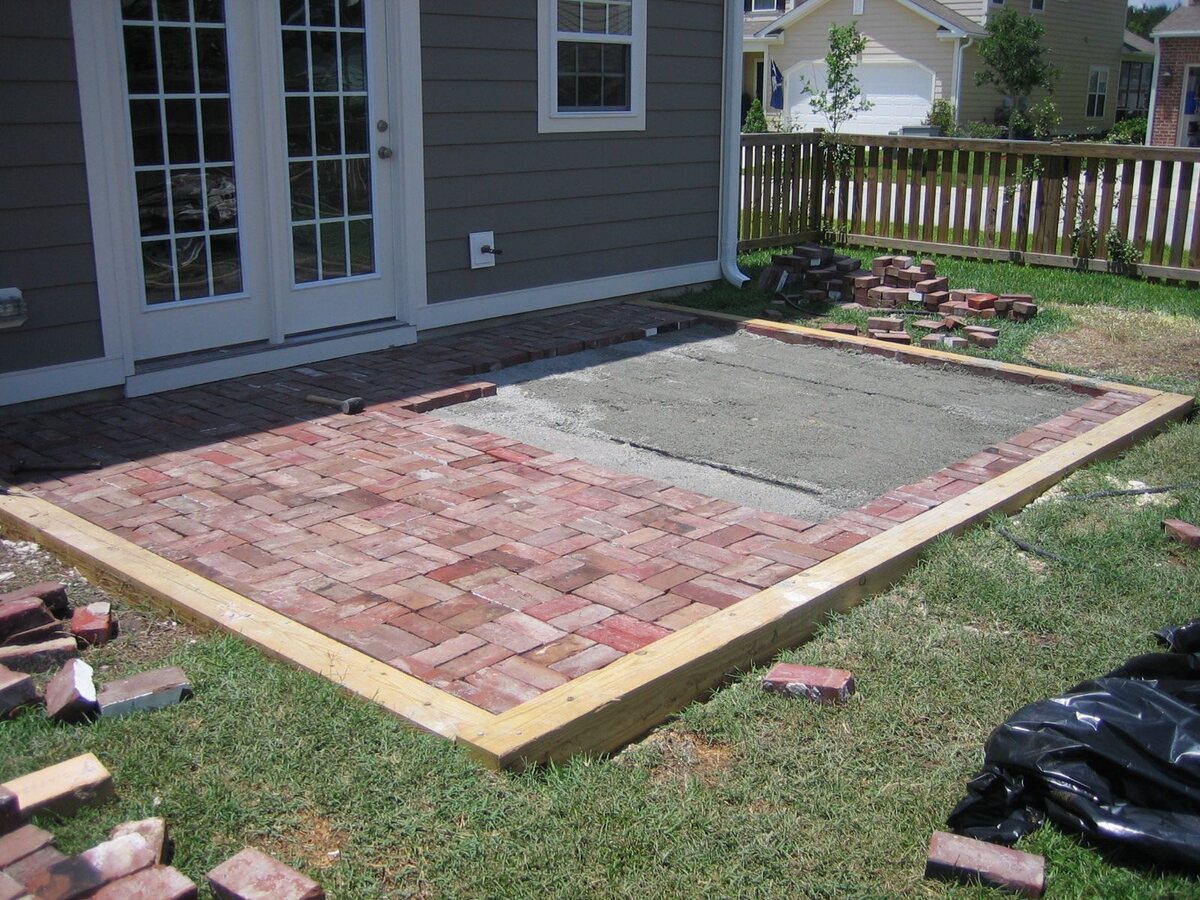


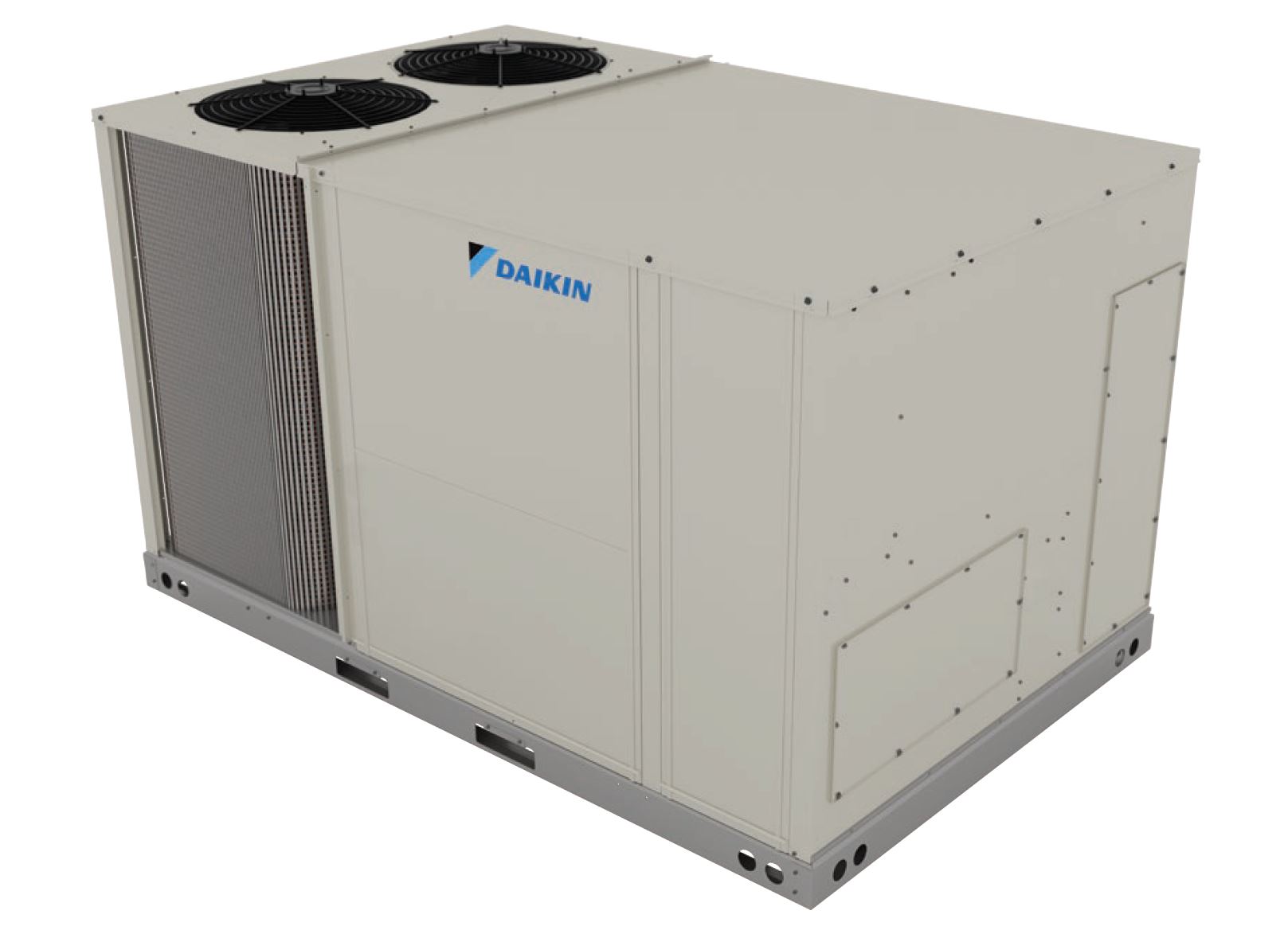
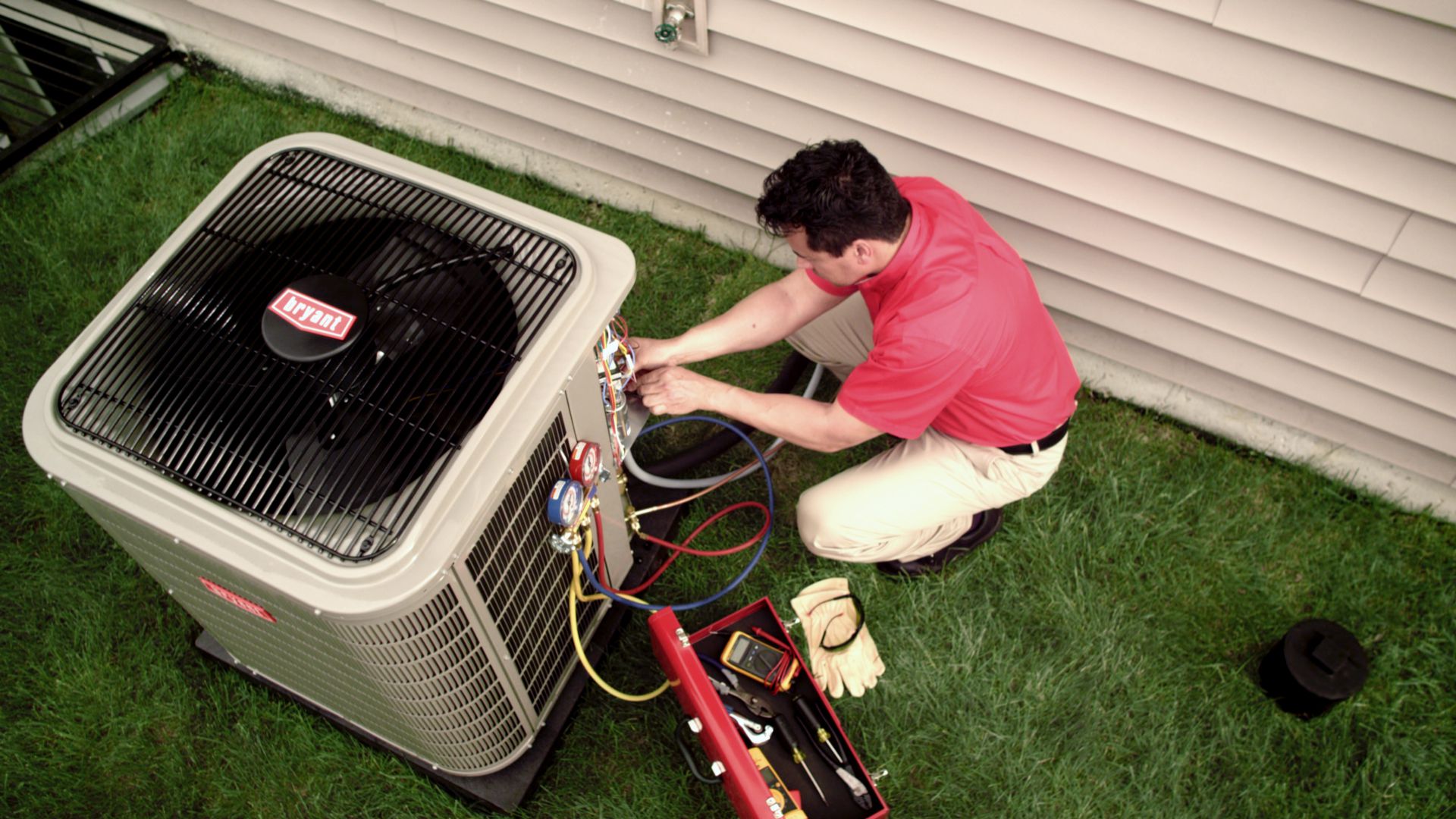

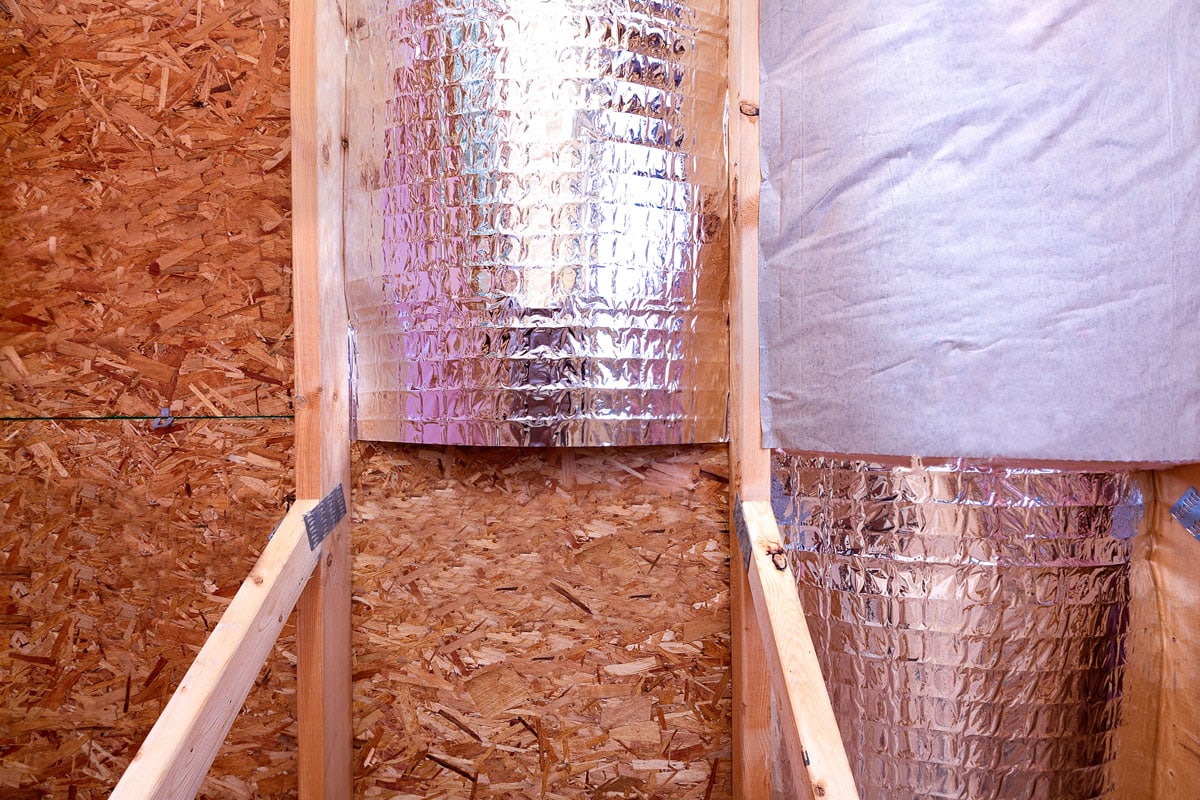
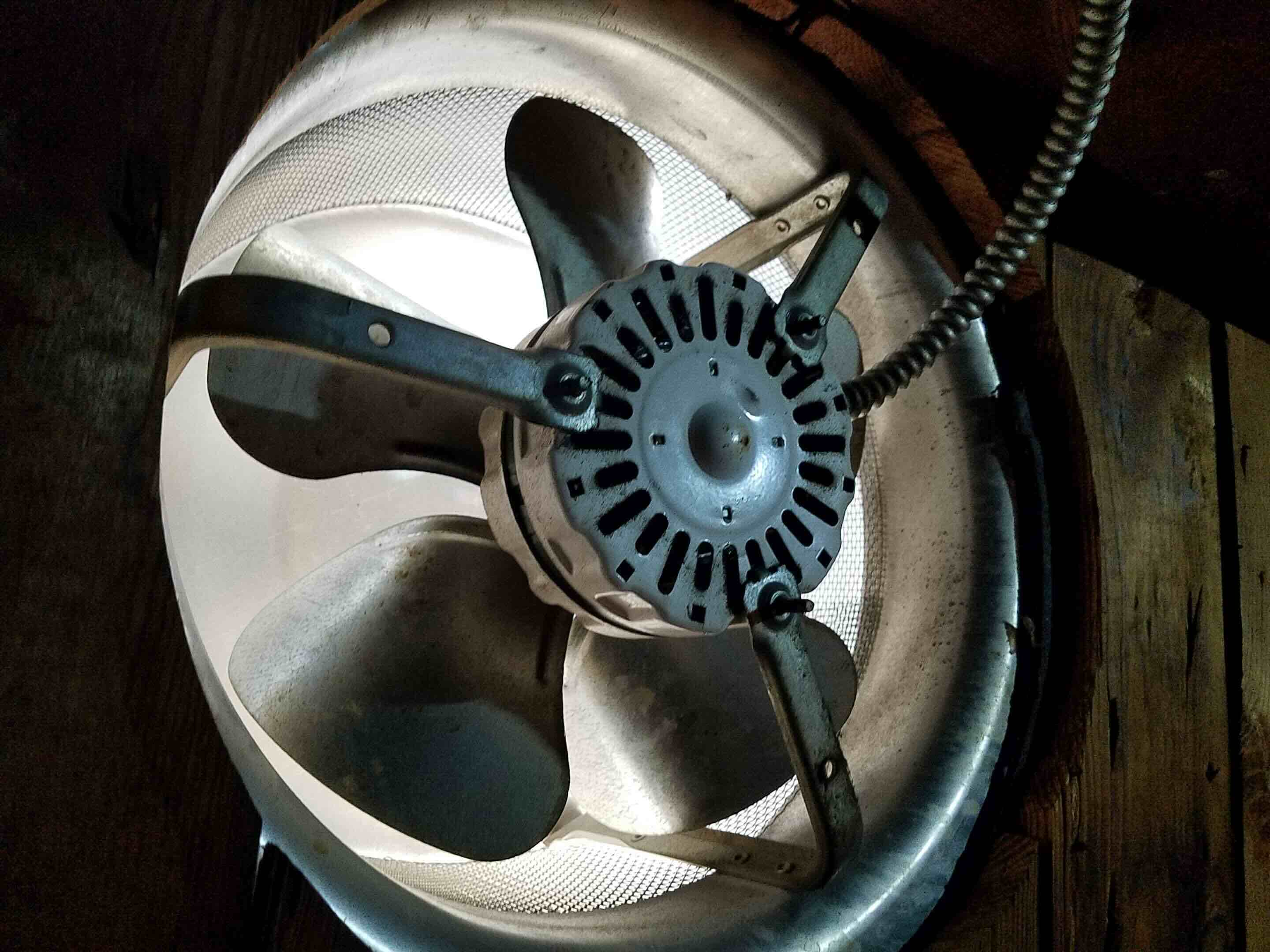

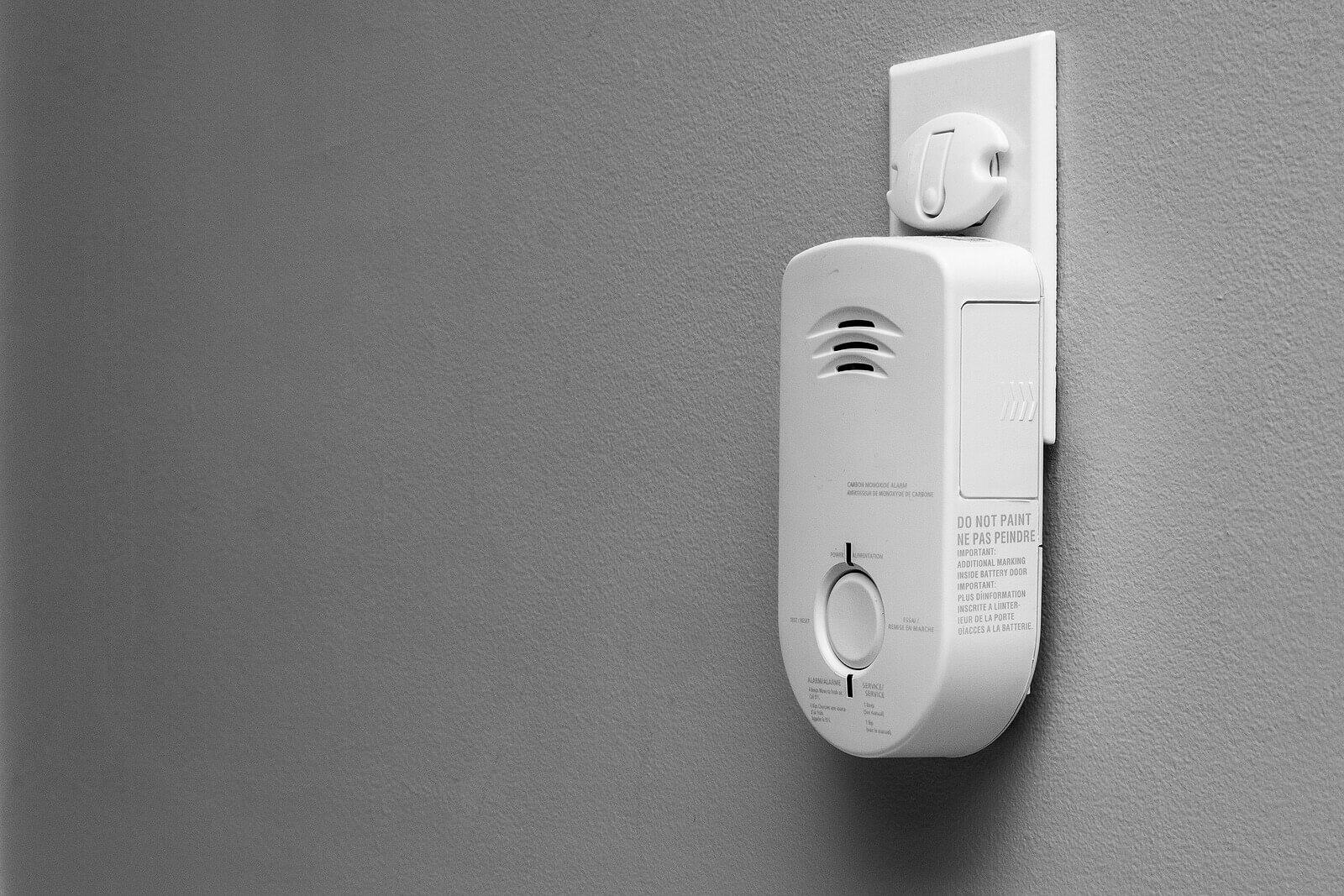

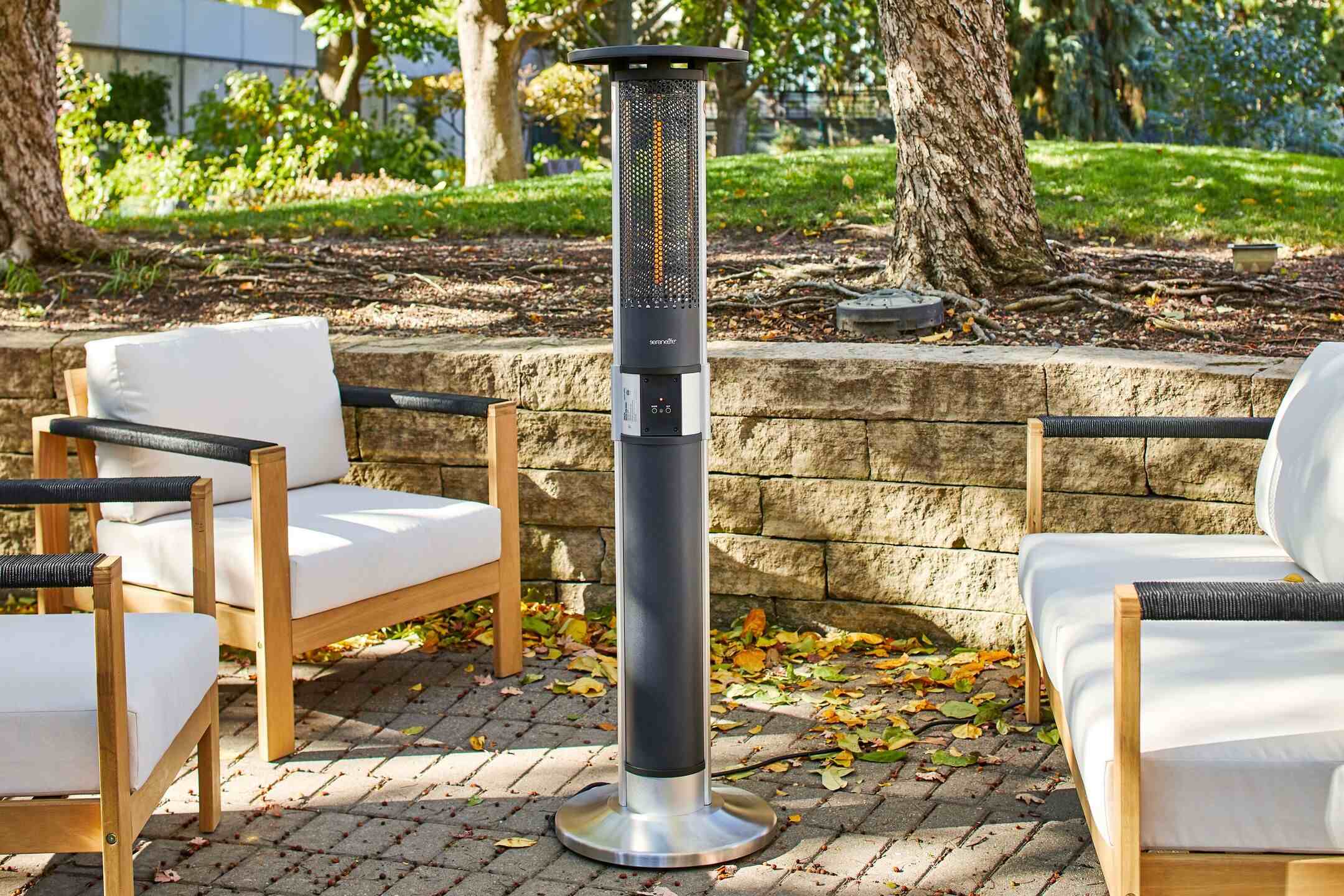
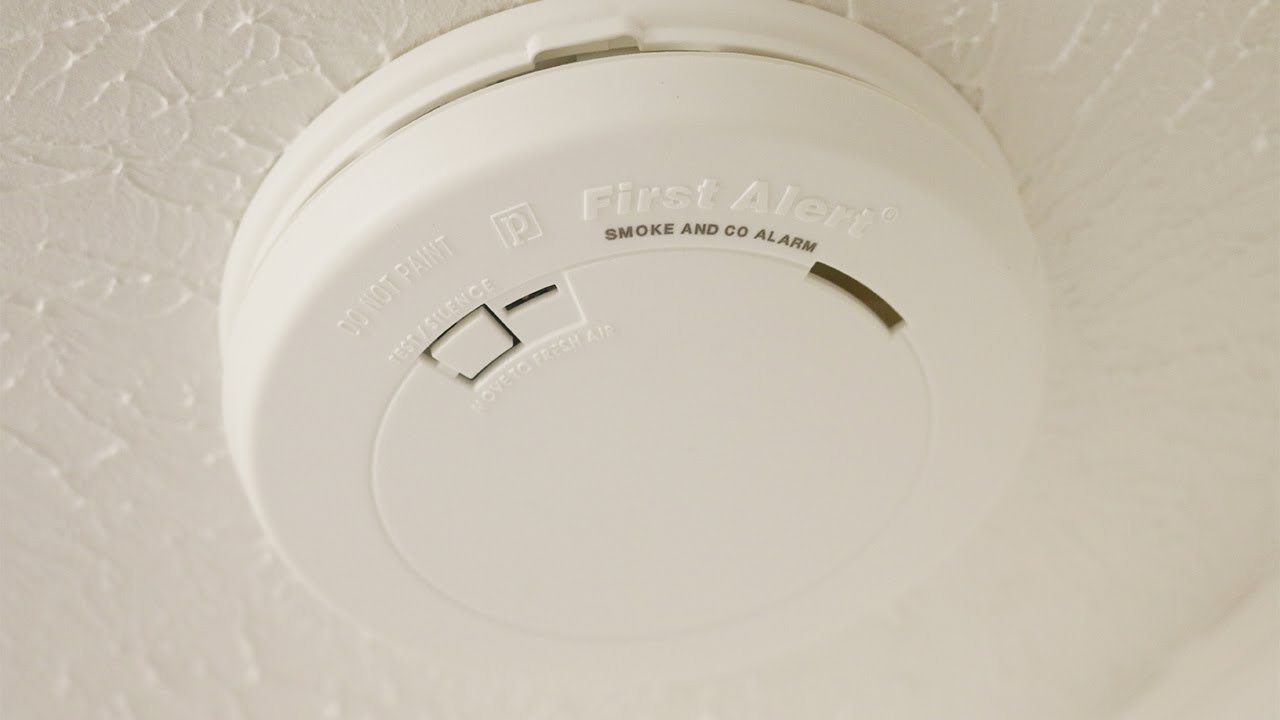
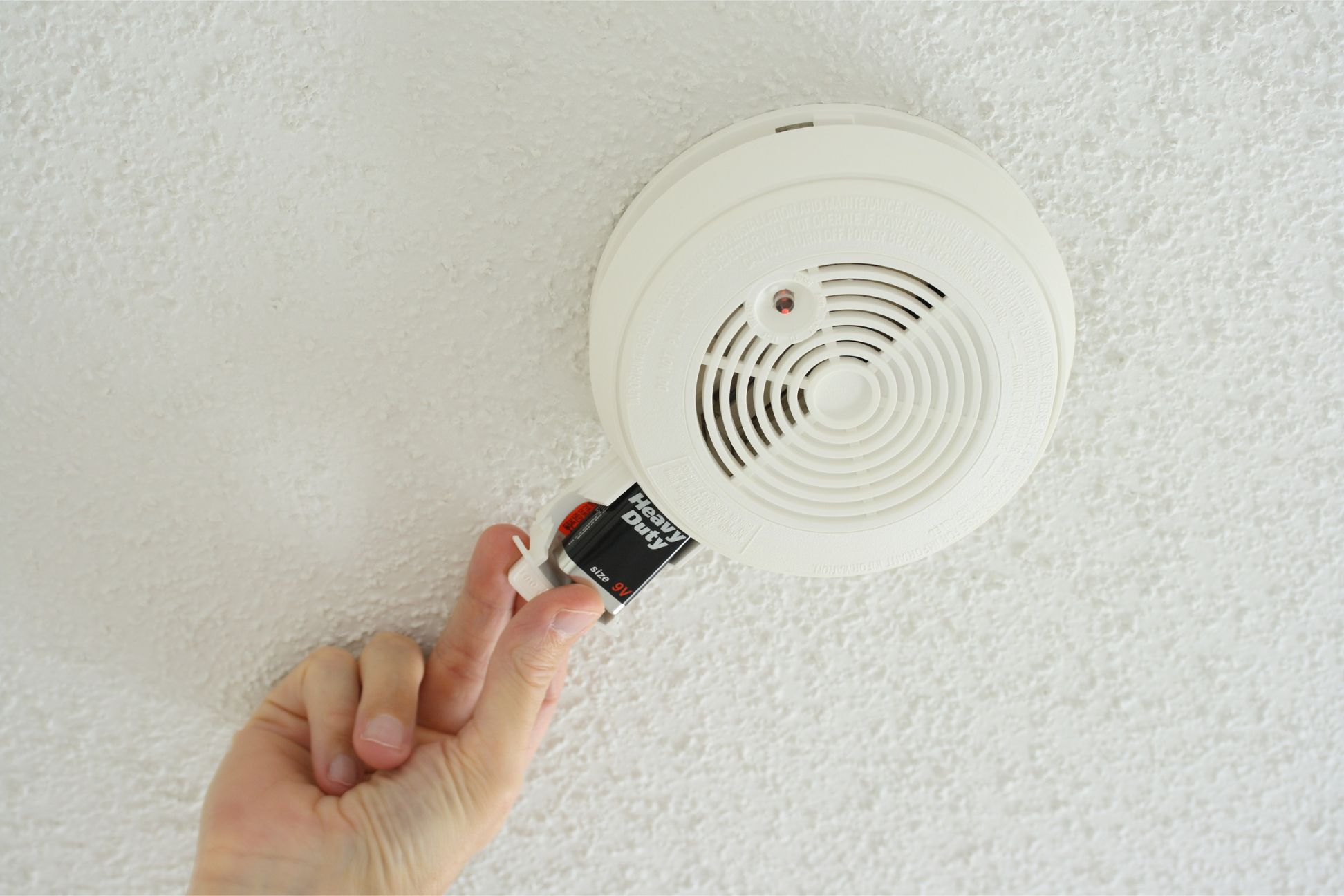

0 thoughts on “How Many Smoke Detectors Do I Need?”